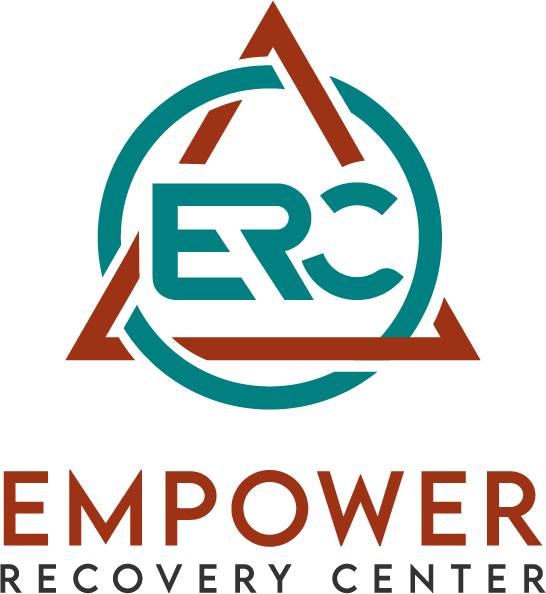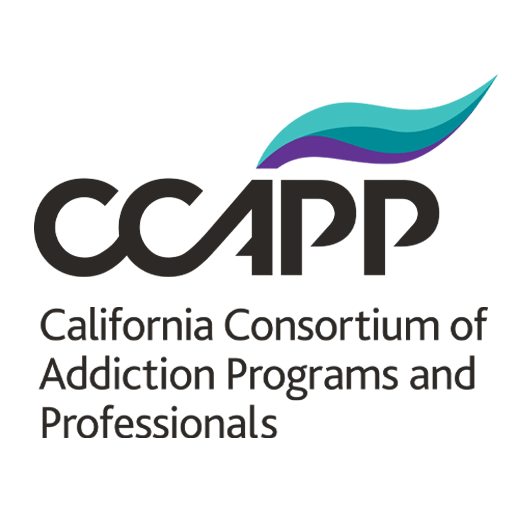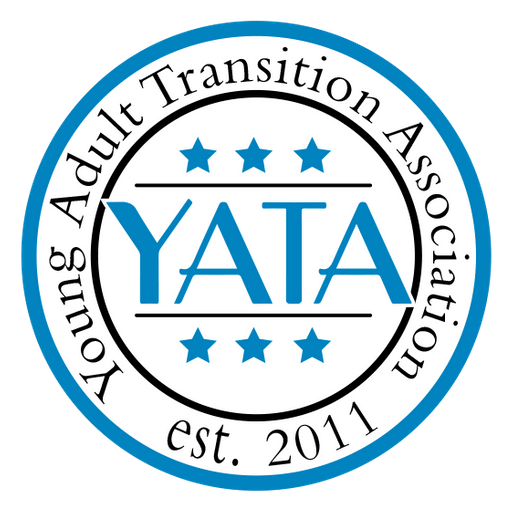Understanding the Challenge
As a professional with over 20 years in the mental health and recovery landscape, I’ve seen firsthand the complexities that “failure to launch” scenarios present. It’s a plight that often affects young adults who struggle to transition into independent living, despite having the potential and capability to do so. The best failure to launch residential programs are designed to support these individuals by providing the structure and skills necessary to foster autonomy.
My work at Empower Recovery Center has shown me that these programs can be life-changing when tailored to meet individual needs. They don’t just provide a roof over one’s head; they’re holistic environments where personal growth is nurtured through therapy, life skills training, and community support.
Key Components of Effective Programs
When evaluating the best failure to launch residential programs, several critical components should be considered. First, personalized treatment plans are crucial. Programs that offer customized plans based on thorough initial assessments tend to have the most success. This approach ensures that each participant receives targeted interventions that address their specific challenges.
Another vital element is a focus on life skills development. Teaching residents how to manage finances, cook healthy meals, and maintain a clean living environment empowers them with the tools they need to live independently. This kind of practical education can often make the difference between thriving and just surviving.
- Personalized treatment plans
- Life skills development
- Therapeutic support
- Community integration
A third pillar is providing robust therapeutic support. This can include individual therapy, group sessions, and access to psychiatric care if necessary. These services help address underlying mental health issues that might be hindering the transition to independent living.
Why Choose Residential Programs?
The decision to consider the best failure to launch residential programs often comes after other efforts have proven insufficient. I’ve worked with families who initially resist the idea, hoping that with time, their loved one will find their footing. However, the structure and community support found in residential programs create a unique environment that cannot be replicated at home.
One of the key benefits is the community aspect. Being surrounded by peers facing similar challenges can greatly enhance motivation and reduce feelings of isolation. Residents often find encouragement in shared experiences and build friendships that extend beyond the program’s duration.
Moreover, these programs can offer a fresh start. In my experience, a change of environment can often be the catalyst needed for growth. The removal from the stresses of their previous living situations allows individuals the space to redefine their identities and priorities.
What Makes a Program Successful?
The success of the best failure to launch residential programs often hinges on a few vital factors. At Empower Recovery Center, we’ve found that professional staff who are both compassionate and skilled in their fields make a significant difference. They provide the guidance and support necessary for residents to navigate their internal and external struggles.
Equally important is the implementation of evidence-based practices. Programs that rely on scientifically proven methods tend to yield the best outcomes. Cognitive-behavioral therapy, motivational interviewing, and dialectical behavior therapy are just a few examples of approaches that can be effective in these settings.
Finally, there’s an emphasis on ongoing support. Transitioning out of the program doesn’t mean the support ends. Successful programs have a strong alumni network and offer continued resources, ensuring that individuals have the backing they need as they step into a more independent life.
Finding the Right Fit for Your Needs
Choosing the best failure to launch residential programs is not a decision to take lightly. It’s wise to start by setting clear goals about what you or your loved one hopes to achieve. Are you looking for short-term stabilization or long-term development? Your objectives will guide your search for the right program.
Next, consider the location. Proximity to family might be important for some, while others may benefit from a program in a new setting. Assessing the environment’s impact on potential progress is crucial. Moreover, financial considerations play a significant role. Understanding what insurance will cover and what out-of-pocket expenses to expect will help in making an informed decision.
Lastly, don’t underestimate the power of doing your research. Speak to alumni, visit facilities if possible, and ask questions about staff qualifications and program outcomes. The right program will align with your values and the specific needs of the individual in question.
Steps to Select a Program
- Define your goals and priorities
- Research potential programs
- Visit the facilities
- Consider financial and insurance options
- Make an informed decision
How to Measure Program Success?
The efficacy of the best failure to launch residential programs can often be measured through various indicators. Short-term success might be evaluated by immediate improvements in behavior and increased motivation. Long-term success, on the other hand, is usually gauged by the resident’s ability to maintain independence and the sustenance of healthy relationships.
One of the most telling signs of success is the increase in self-efficacy among residents. This is reflected in their confidence to tackle challenges and make decisions. Program success can also be seen in the rate of alumni engagement; programs that foster ongoing support often see a high level of alumni participation.
Ultimately, the true measure of success lies in the individual’s growth and development. While quantifiable metrics are useful, the transformation of personal outlook and the acquisition of life skills are just as important.








